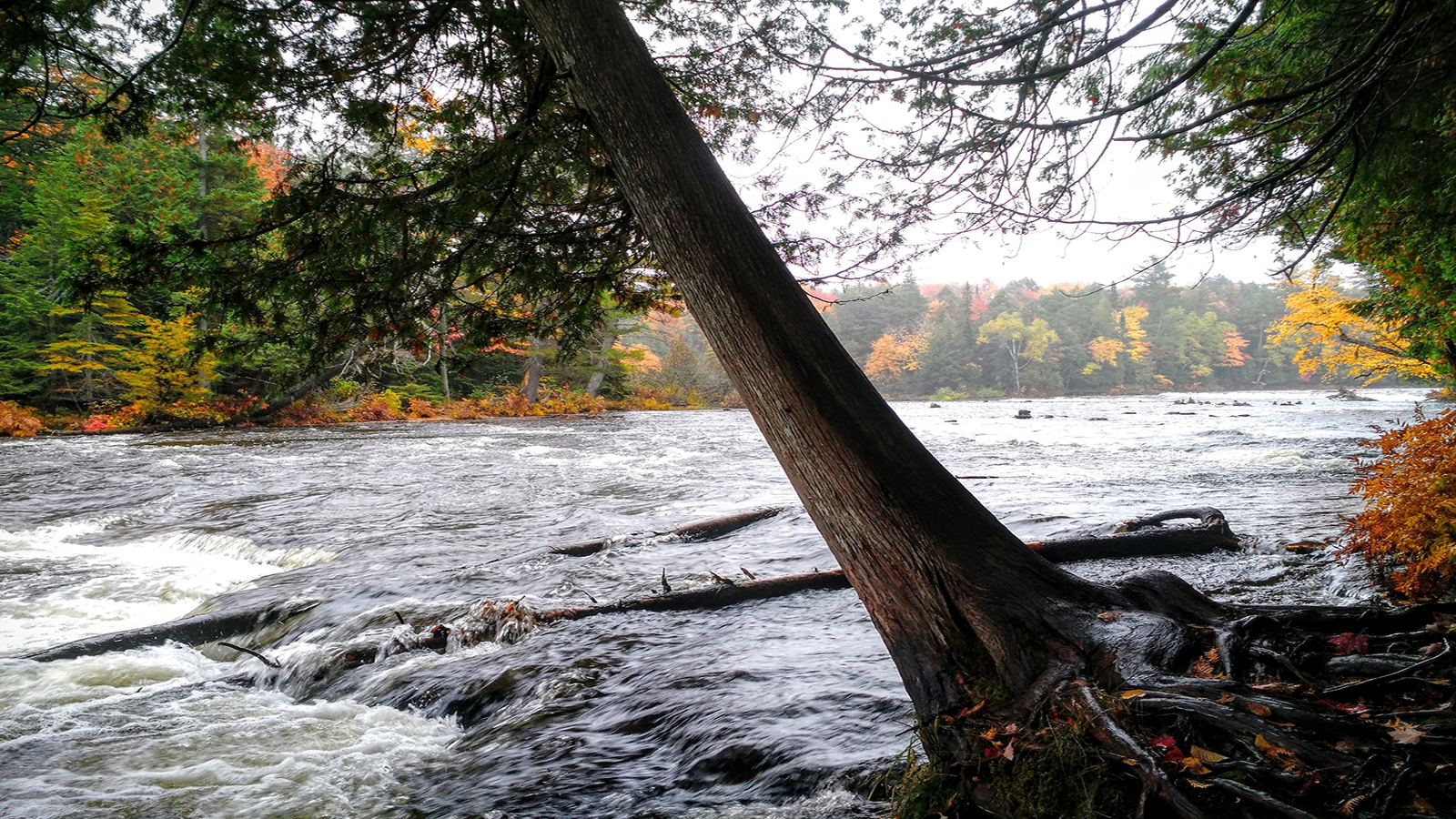A river in Tahquamenon Falls State Park, Michigan. | Adam Bouse/Unsplash
A river in Tahquamenon Falls State Park, Michigan. | Adam Bouse/Unsplash
Michigan’s Department of Natural Resources (DNR) recently procured a $5 million grant from the National Fish and Wildlife Foundation’s America the Beautiful Challenge.
The state is among six states to secure maximum funding through the challenge, according to a Nov. 22 DNR press release. The funding will support critical conservation and connectivity work on rivers and streams in 14 counties.
“Michigan’s natural resources are some of the best in the nation, and we will work with anyone to preserve them for future generations,” Gov. Gretchen Whitmer (D-MI) said in the release. “These federal grants for our inland waterways will help us protect several at-risk species, reduce risks to public safety and improve climate resiliency. Let’s keep working together to ensure that all our waters, from the Great Lakes that define us to our thousands of inland waterways, are safe for decades to come.”
The $5 million grant will be used to remove 27 stream barriers to reestablish the movement of fish and river organisms including pickerel frog, the eastern massasauga rattlesnake and freshwater mussel species known as the fluted shell and elktoe, the release stated.
Dan Eichinger, DNR director, said the America the Beautiful Challenge assistance will help revitalize water and fish flow that are vital to ecosystems of rivers.
“Fish and other organisms in the water need to move,” Eichinger said. “Throughout their many life stages, whether they’re seeking food, reproducing, hiding from predators, or seeking shelter from extreme conditions, fish have to be able to easily move within their waters, as well as between bodies of water. Removing barriers to such movement means we can better protect fish populations.”
Municipalities and federally recognized tribes will help to rejoin nearly 200 upstream miles of rivers and streams, according to the release. The efforts are expected to enhance climate resiliency and river connectivity as these restoration projects, as well as reduce public safety risks.




 Alerts Sign-up
Alerts Sign-up